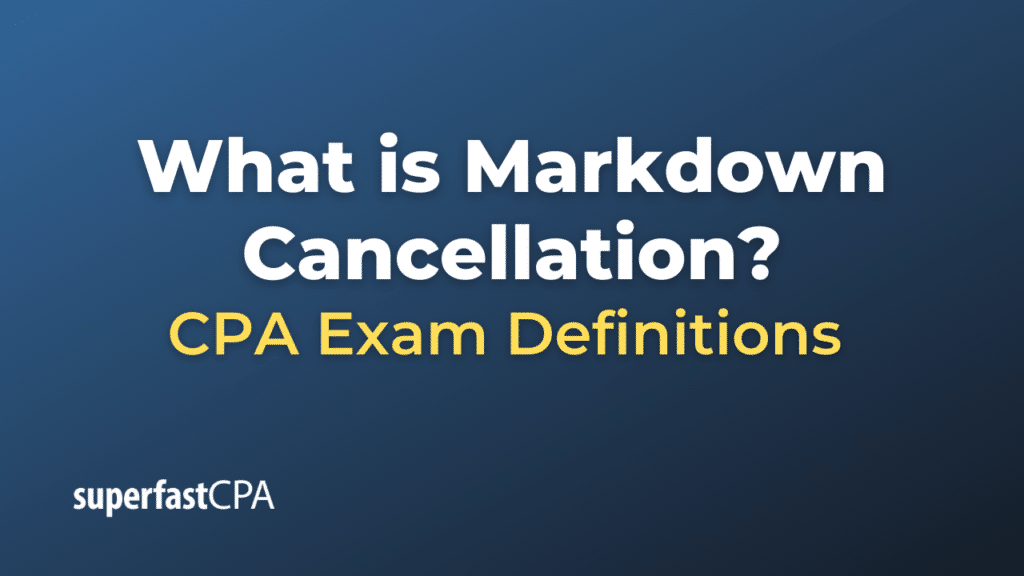Markdown Cancellation
Markdown cancellation, also known as markdown optimization, is a process or strategy used in retail to manage and reduce the impact of markdowns on profitability.
When a product isn’t selling at the desired rate at its original price, retailers often mark down the price to encourage sales and move inventory. However, continuous markdowns can significantly impact a retailer’s profit margins.
Markdown cancellation or optimization strategies typically involve using data analytics to better understand consumer buying patterns, product demand, and sales trends. This data can help retailers decide when to mark down prices, by how much, and for which products, with the aim of maximizing profit and minimizing the negative impact on margins.
For instance, a retailer might use sales data to identify slow-moving items earlier and apply smaller, gradual markdowns rather than a large markdown later in the season. They might also identify which items are likely to sell even at full price, reducing unnecessary markdowns.
In a broader sense, markdown cancellation could involve efforts to enhance product appeal, improve inventory management, and better align supply with demand to reduce the need for markdowns in the first place.
Please note, this is not a standard term in accounting or retail and the exact meaning could vary depending on the context.
Example of Markdown Cancellation
Suppose a clothing retailer is having difficulty selling a particular style of winter jackets, even though it’s the peak of winter season. Without a markdown cancellation strategy, the retailer might instinctively decide to reduce the price significantly to encourage sales.
However, with a markdown cancellation strategy, the retailer first analyses sales data and consumer behavior. The data reveals that sales for winter jackets usually peak later in the season, when colder weather really sets in. Based on this insight, the retailer decides not to mark down the jackets immediately, but to wait a few more weeks.
As the season progresses and the weather gets colder, sales of the jackets pick up dramatically. In the end, the retailer sells the majority of the jackets at full price and only needs to mark down a small remaining quantity.
Here, the markdown cancellation strategy allowed the retailer to maximize profit by minimizing markdowns. The retailer used data analysis to understand consumer buying patterns, which helped them make an informed decision about when (and whether) to mark down the product. This is an example of how effective markdown cancellation or optimization can improve a retailer’s profitability.













